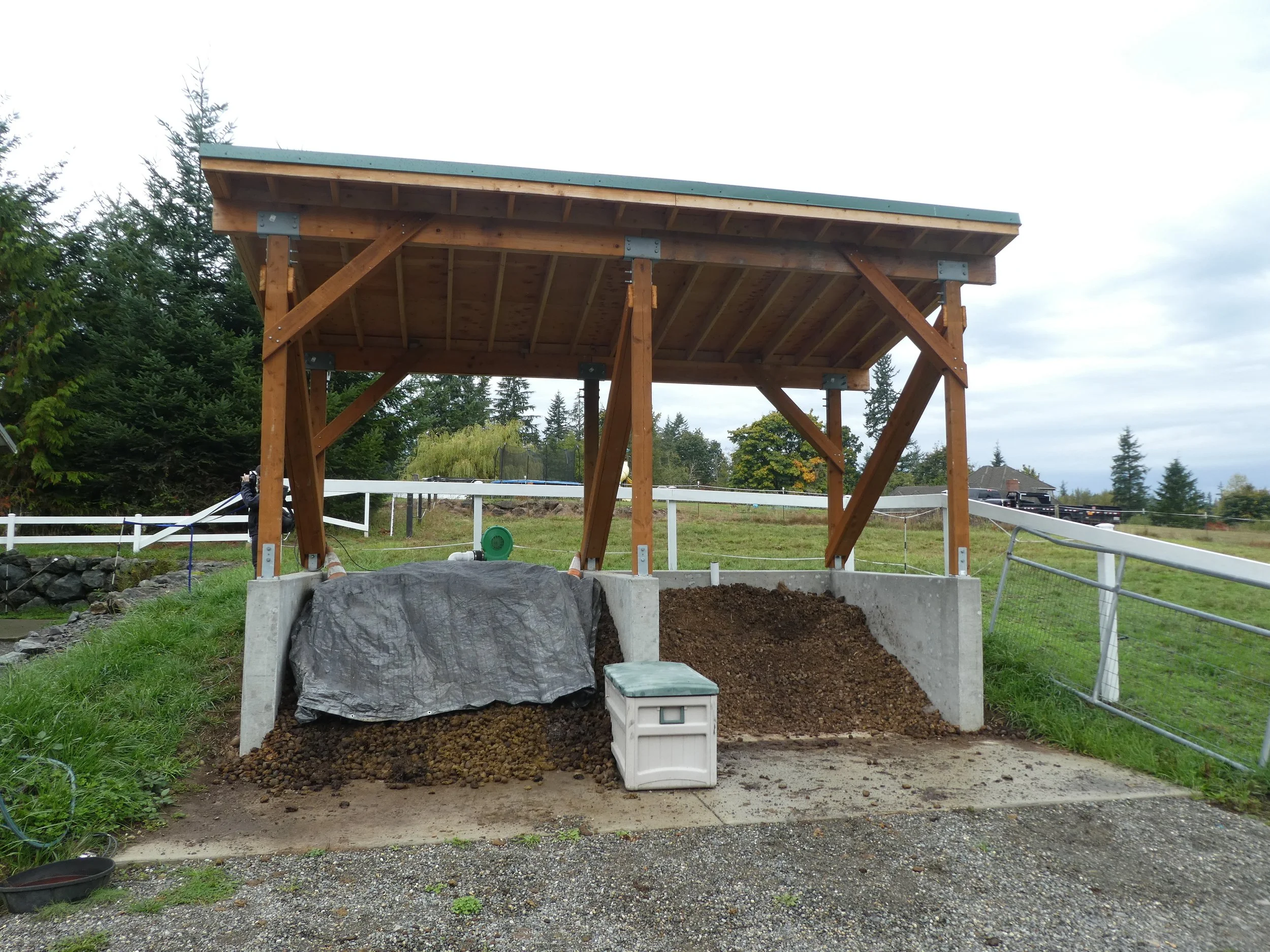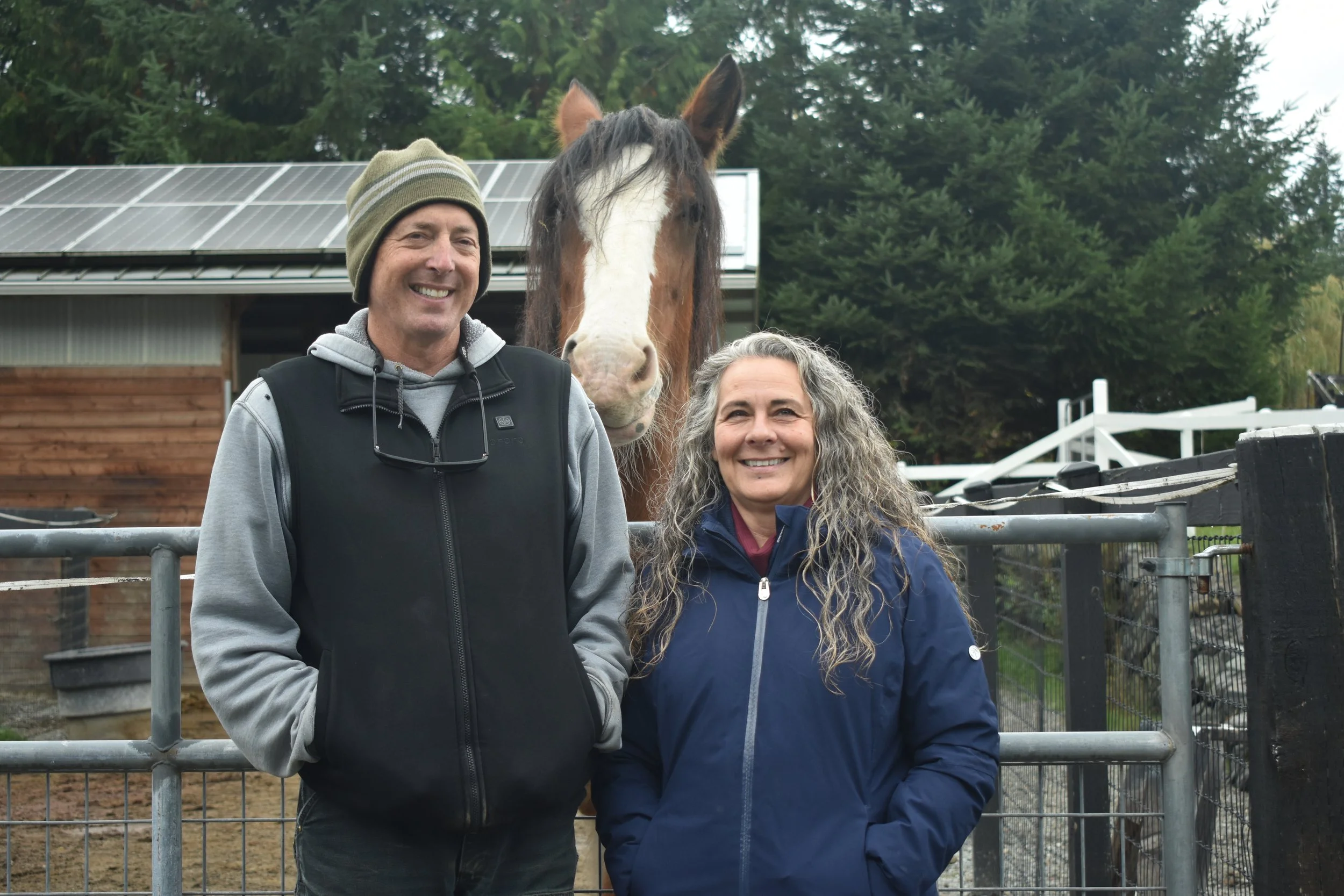Home
Snohomish Conservation District’s mission is to work cooperatively with others to promote and encourage conservation and responsible use of natural resources. We represent Snohomish County and Camano Island.

Snohomish Conservation District | 528 91st Ave NE, Lake Stevens, WA 98258 | 425-335-5634




















